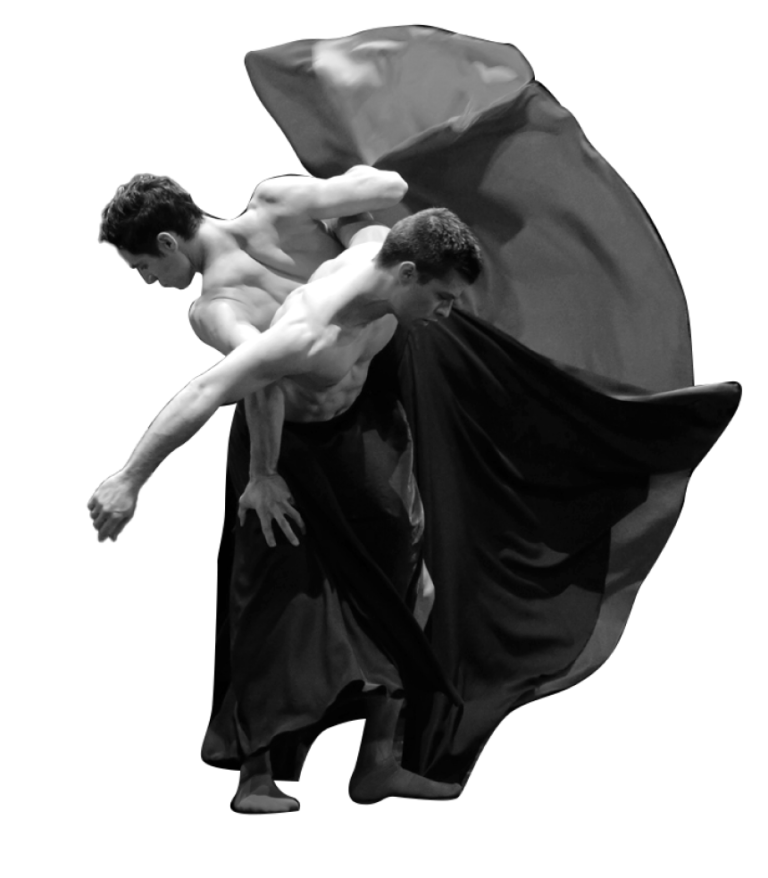

In addition to performances, public rehearsals and discussions with spectators during “bords de scènes” after performances, the BJL is committed to a policy of awareness-raising initiatives. He works with all kinds of audiences on educational projects and choreographic workshops. For example, in schools, from kindergarten to high school, with people suffering from autism spectrum disorders or mental health problems, in prisons, but also in retirement homes and hospitals. “Within this framework, my aim is to bring dance within everyone’s reach, so that it becomes a means of expression and fulfillment for everyone.”
Supported primarily by the city of Marseille, Ballet Julien Lestel also receives grants from foundations and private partners.
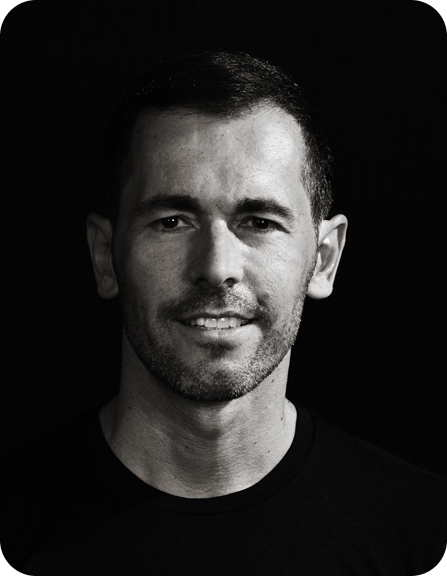
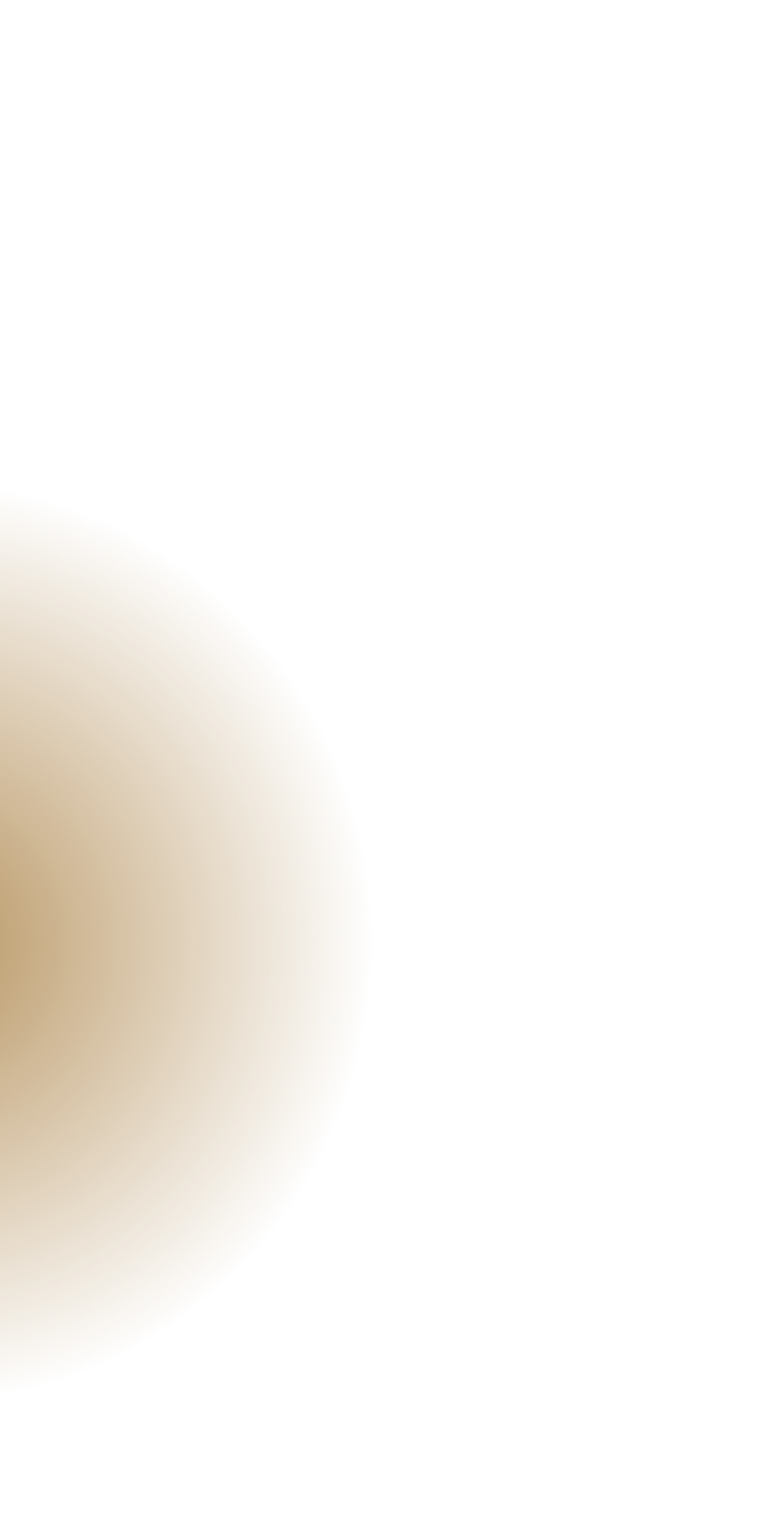
As a choreographer and dancer, he accompanies actors Pierre Arditi, Marie-Christine Barrault and Macha Méril in their readings of literary texts. “Passionate about my art and eager to invest myself in choreographic research, I created my own company in 2007”. He then collaborated with pianist François-René Duchâble, who played on stage in several of his creations – Anastylose, Rachmaninov, Solo and Opus – as well as with composer Karol Beffa, who created the music for “Corps et Âmes”. He took part in the Gala des Étoiles du XXIe siècle at the Théâtre des Champs Élysées, where he danced “Les Ames Frères”, one of his creations. He also choreographed the dance parts for operas such as “Les Pêcheurs de perles”, “Manon”, “Aïda” and “La Vie parisienne”.
Julien Lestel currently teaches at the Ecole Nationale de Danse de Marseille.

Choreography by Julien Lestel
Music: Ólafur Arnalds, Kerry Muzzey, Max Richter and Iván Julliard
Lighting: Lo-Ammy Vaimatapako
Costumes : BJL
Duration: 65 mns without intermission
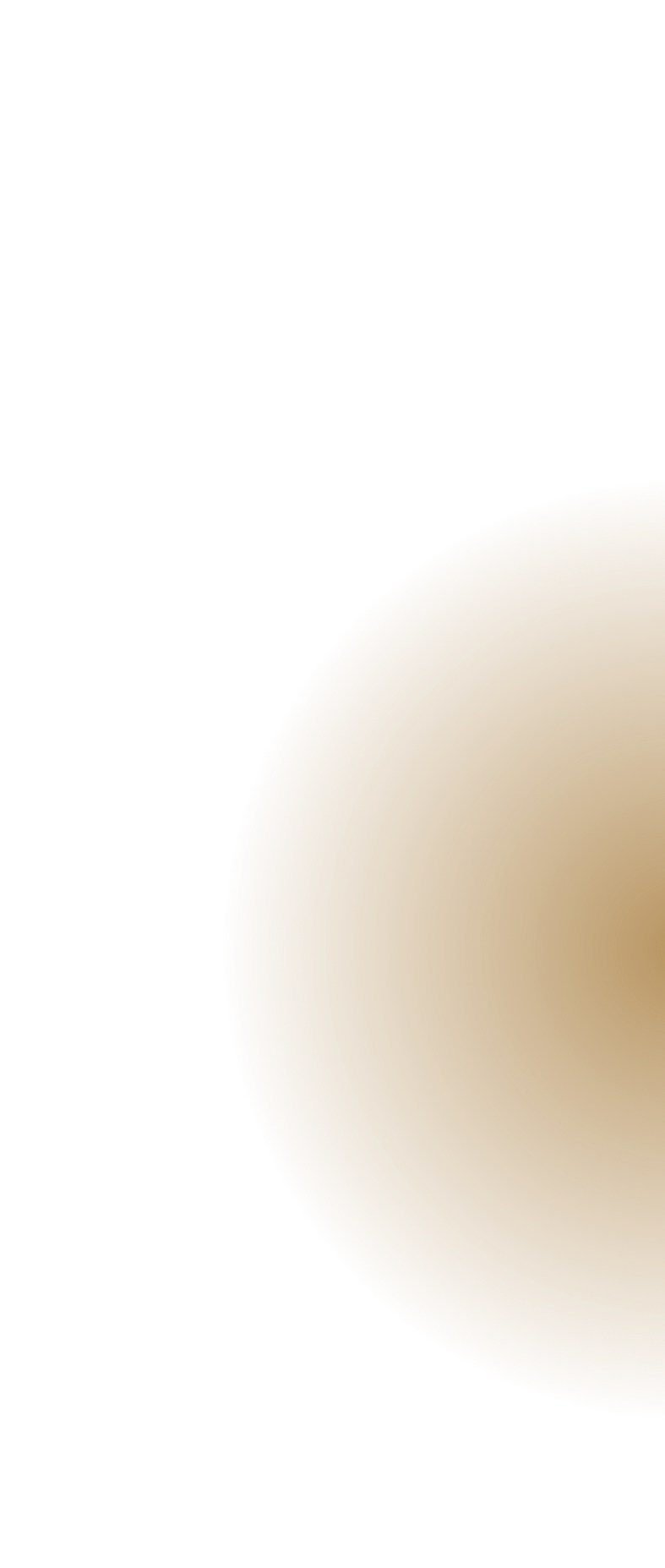
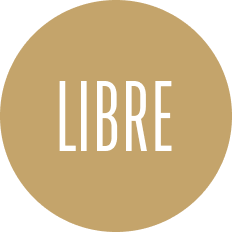
The desire to be free is almost innate in every individual. It’s tempting to think that freedom means doing whatever you want, but it’s an illusory freedom.
The human being is subject to many constraints, and while some elevate him to the rank of human, others can imprison him in the shackles of slavery.
This ballet explores the paths that allow us to hope for true freedom, through an exploration of our relationship with ourselves and with others.
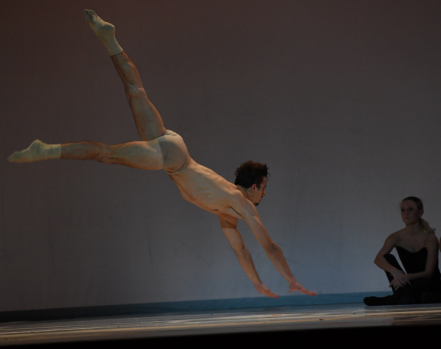

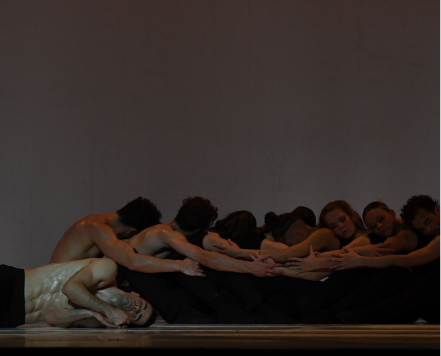

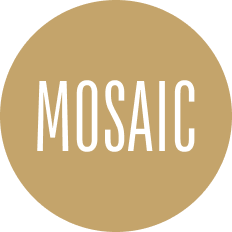
Whether we come from here or from faraway lands, we are all made up of an intimate, cultural past and hopes for the future.
In this way, our uniqueness emerges and our vision of the world is shaped.
Confronting our different worldviews, far from being a hindrance, gives us the opportunity to open up to others. Each encounter allows us to build and inscribe our own story, and to take paths according to our impulses.
“Mosaics” reflects this diversity and expresses our desire for a world that does not tend towards the standardization of individuals but, on the contrary, recognizes the richness of its multiplicity.

Choreography by Julien Lestel
Music: Umberto Giordano and musical creation by Iván Julliard
Lighting: Lo-Ammy Vaimatapako
Costumes: Patrick Murru
Running time: 73 minutes without intermission
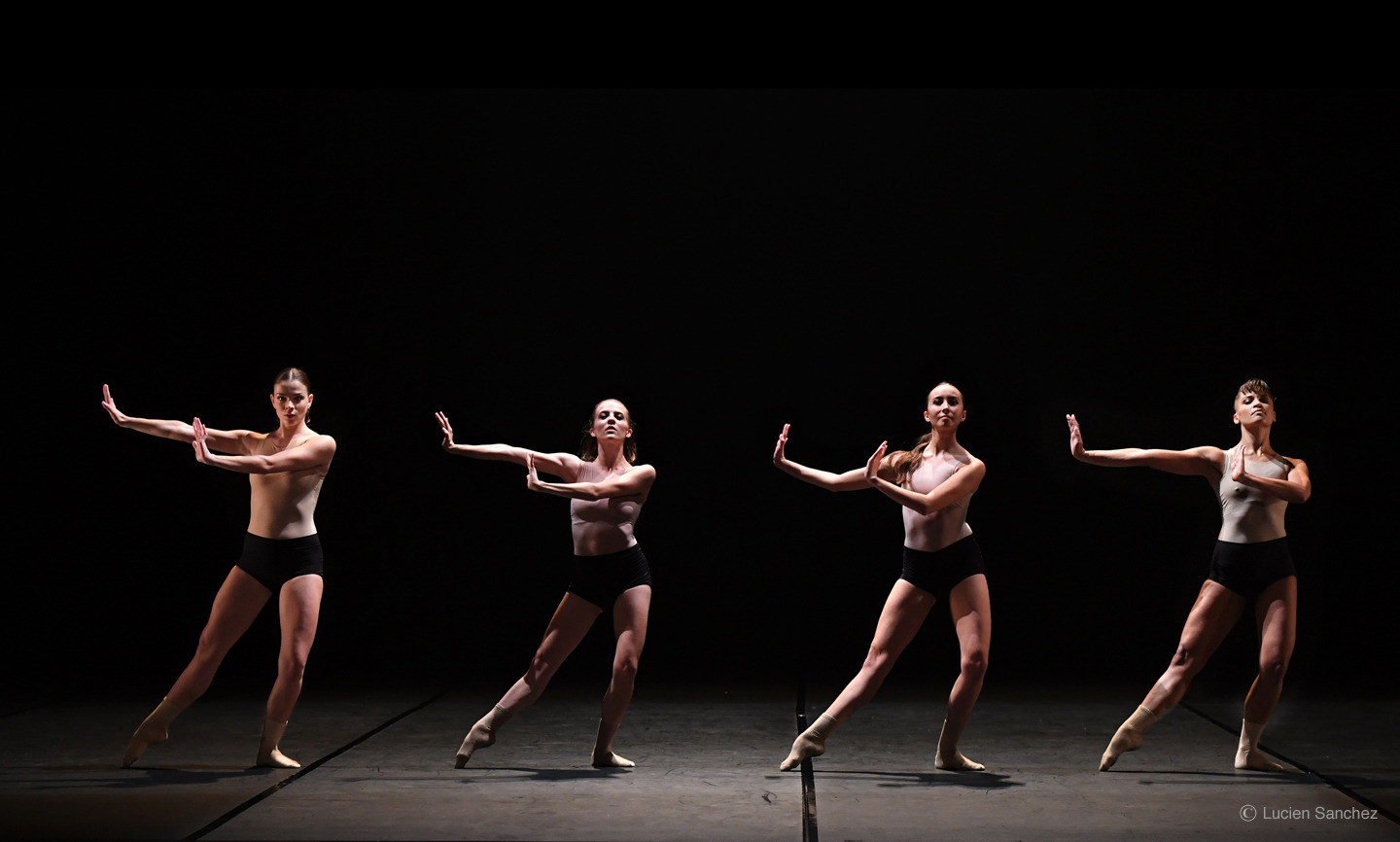
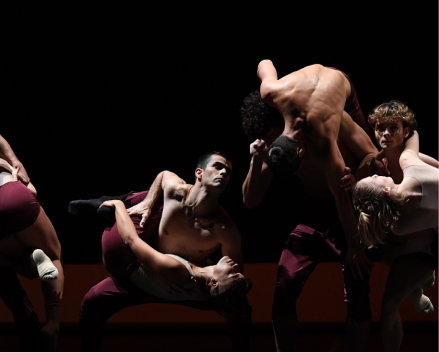

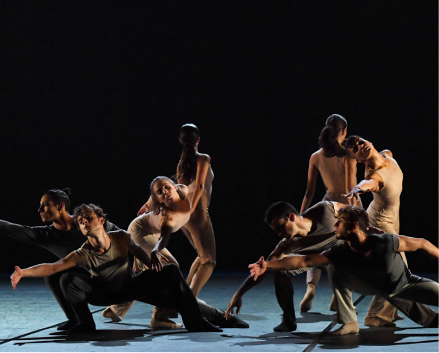

Choreography by Julien Lestel
Music: Ólafur Arnalds, Kerry Muzzey and musical creation by Iván Julliard
Lighting: Lo-Ammy Vaimatapako
Costumes: Patrick Murru
Duration: 60 minutes without intermission
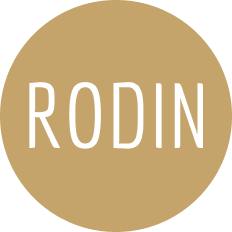
Throughout Rodin’s career, the body as a vehicle for expressing the movements of the soul and passions, but also as a support for the artist’s fantasies, was an inexhaustible source of inspiration in his search for a dialogue between the beauty of the ancient ideal and the mystery of nature.
Inspired by the masterful sculptor, choreographer Julien Lestel projects himself around the movement that emerges from all his works, and in this creation explores questions of impulse, flight, gravity and balance in a quest to restore the truth of bodies.

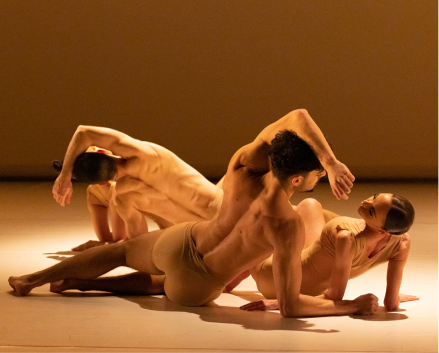
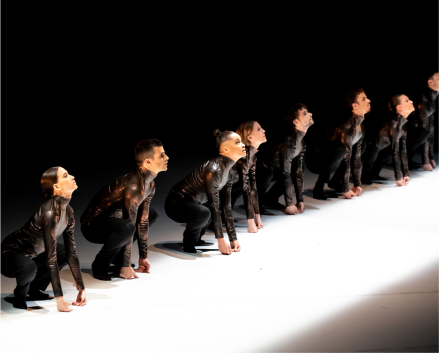

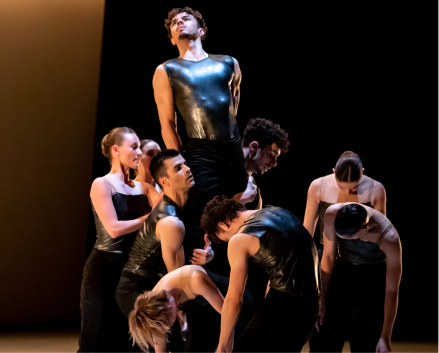

Misatango:
The gestures are, in turn, iconic, expressing contemplation and the search for transcendence, but also very carnal, expressing the voluptuous freedom of bodies evolving in ample, powerful movements. “Misatango” is a choreographic highlight of the Argentine composer’s original creation.
The Rite of Spring:
Julien Lestel gives us his version, based on Kanak culture. Based on Igor Stravinsky’s original score, this ballet is divided into two parts, each consisting of a sequence of incantatory scenes and ritual games, culminating in the first part in an intense dance of the earth, in which the men interrogate the future according to ritual, and in the second part, the great sacred dance, in which a woman is chosen to be delivered to the gods.
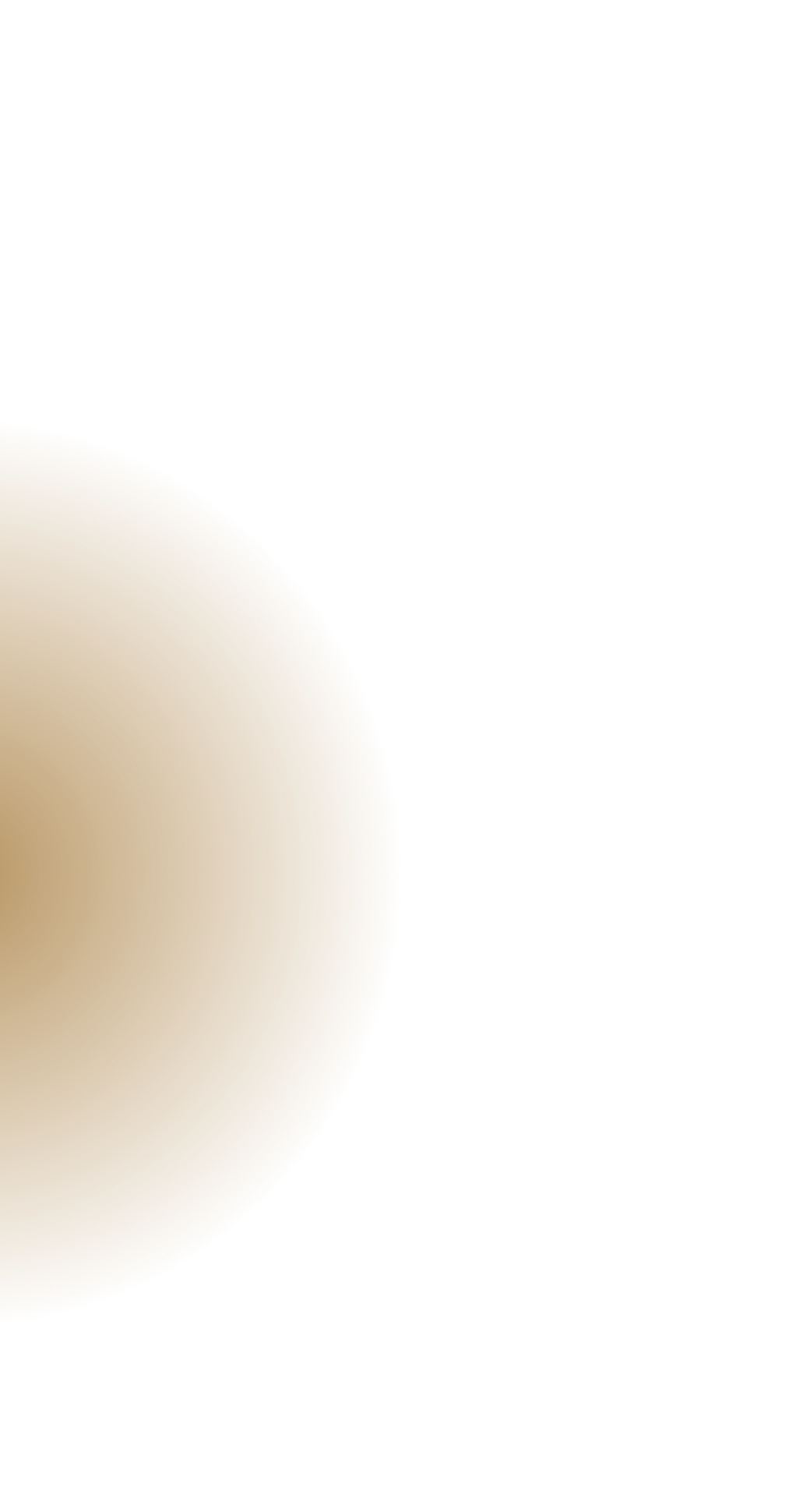

Choreography by Julien Lestel
Music: Martin Palmeri , Igor Stravinsky
Lighting: Lo-Ammy Vaimatapako
Costumes: Patrick Murru
Duration: 80 minutes + intermission

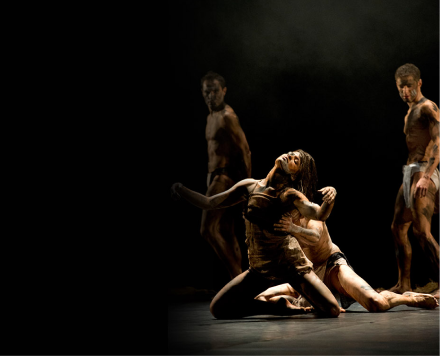
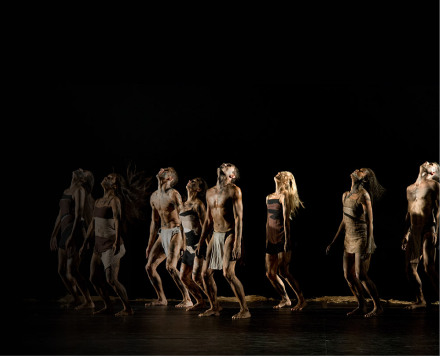
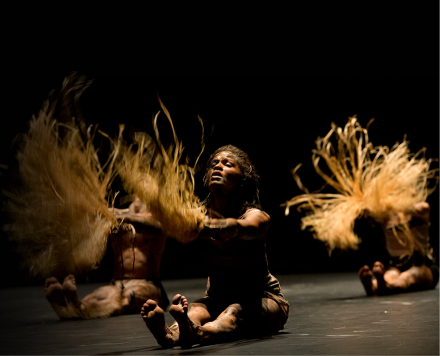

“Julien Lestel completely renews the genre (…) it’s like reading Claude Lévi-Strauss’s Tristes Tropiques (…) Julien Lestel has imagined some impressive scenes (…)”.
“the Marseilles Opera audience gave Compagnie Julien Lestel a prolonged standing ovation to express their intense emotion in front of the esthectacle.”
“Julien Lestel Ballet is a force to be reckoned with in the world of contemporary dance. Their performances are marked by an impeccable combination of athleticism, creativity and stimulating concepts. Choreographer Julien Lestel’s innovative vision shines through in every piece, with intricate movements, motifs and compelling narratives. The dancers’ commitment and technical prowess are evident in their flawless execution. Julien Lestel’s ballet is a true gem in the field of contemporary dance.”


